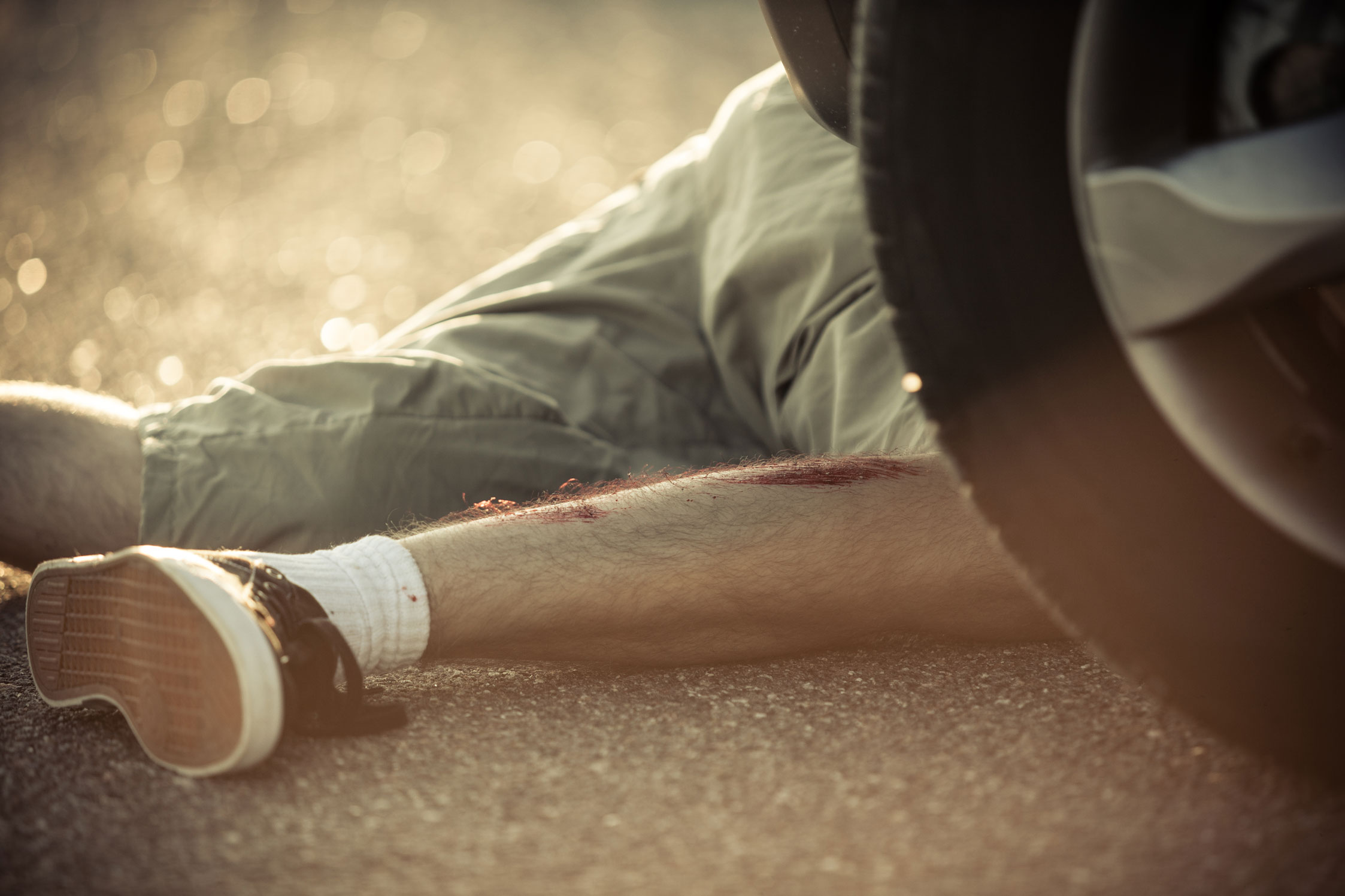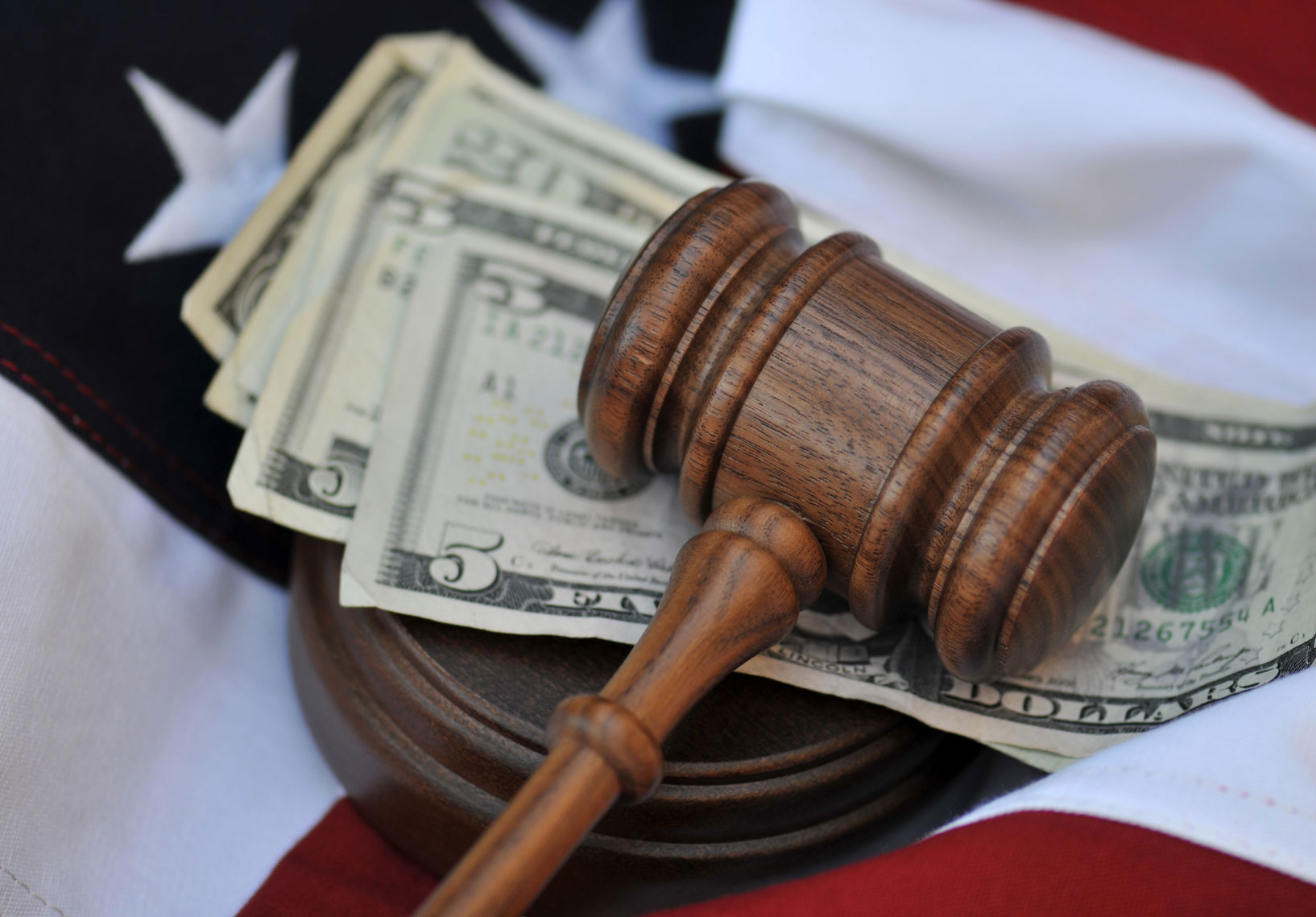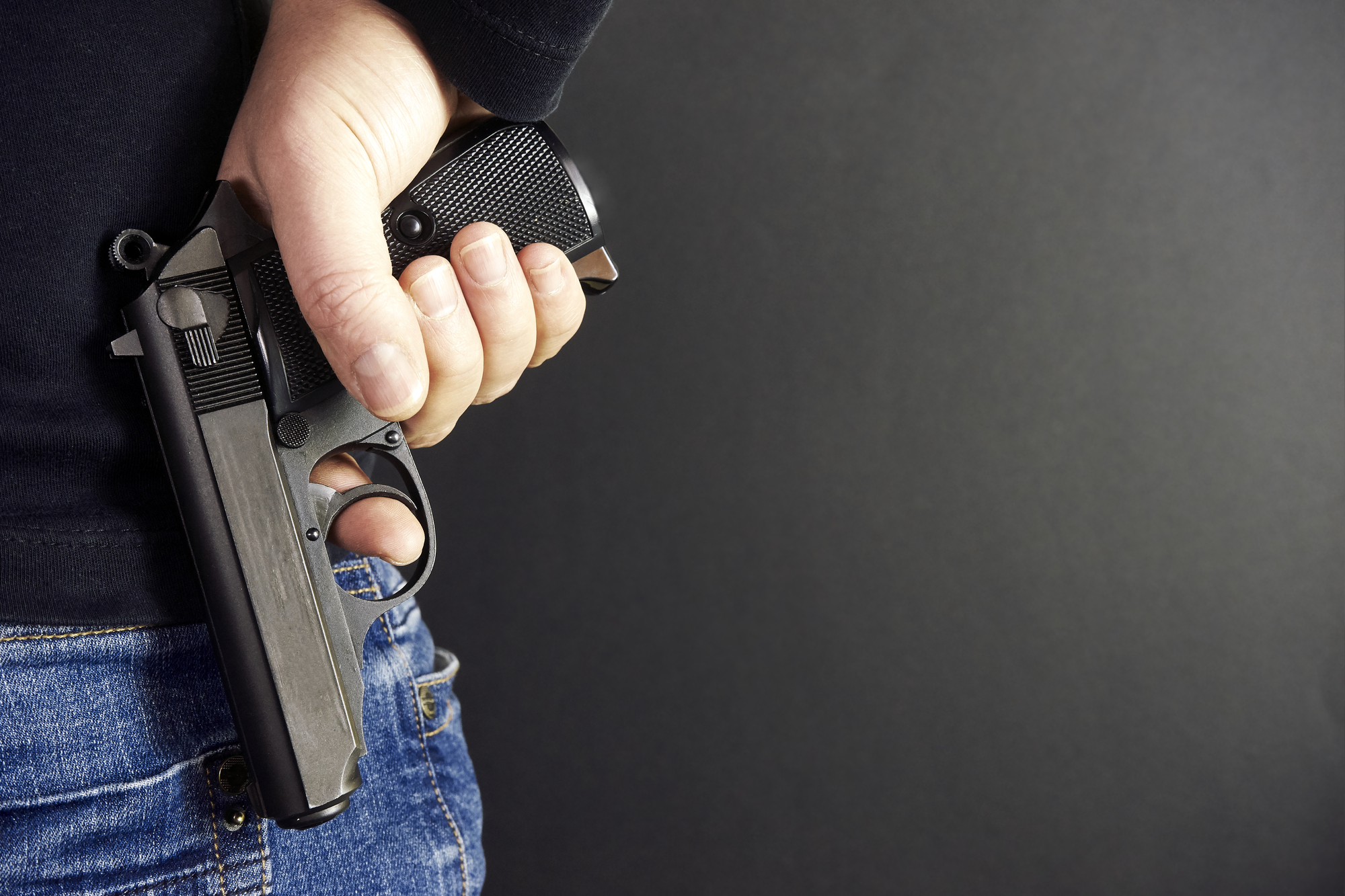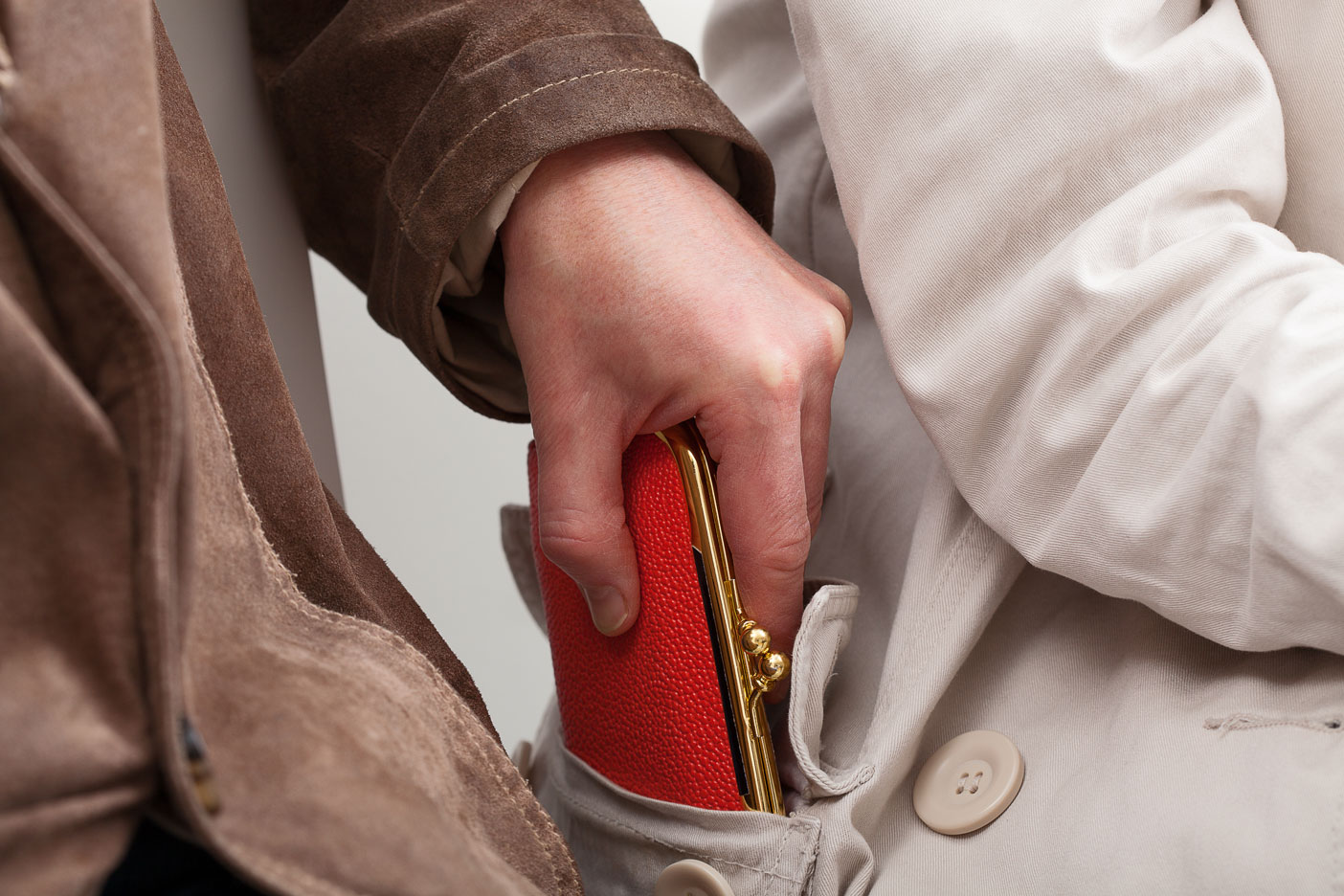If you or a loved one find yourselves in a difficult situation, we understand the urgency and stress that comes with it. At Angels Bail Bonds, we specialize in providing the support and assistance needed to secure bail for hit-and-run charges.
Learn the basics about the bail process for a hit-and-run charge, and then contact Angels Bail Bonds today. Let us be your trusted partner in navigating the bail process for hit-and-run charges. We are here to help you regain your freedom and prepare for your legal journey.
What Is Bail?
Bail in California refers to the amount of money or property that a defendant or their surety (a person responsible for the defendant’s appearance in court) must deposit with the court to secure the defendant’s release from custody while awaiting trial.
The purpose of bail is to ensure that the defendant appears in court for all scheduled hearings and does not flee before the trial. A bail schedule or table determines bail amounts; here are the bail schedules for Los Angeles and Orange County. Still, a judge can deviate from the schedule based on various factors, including the severity of the offense, the defendant’s criminal history, and whether the defendant is a flight risk. If the defendant fails to appear in court, the bail is forfeited, and a warrant may be issued for their arrest.
What Are Bail Bonds?
When you find yourself in a situation where you can’t afford to pay for your bail, bail bonds might be the solution for you. A bail bondsman, who a bail bond company employs, will charge you a fee in exchange for providing the payment. Bail bond companies in California charge only 10% of the total bail amount to post-bond for a defendant. So, if the bail amount is $20,000, the bondsman will charge $2,000 instead of the full amount. While this may still seem like a lot of money, it’s much more affordable than paying the entire bail amount, especially on extremely high bail amounts for some serious felonies.
Those rates can be as high as 20% for some immigration and federal charges because these rates are set by law, and all bail companies must charge the same amount. Despite the costs, using a bail bondsman can be a lifesaver for those who cannot afford to be released from custody on bail.
Remember, the concept of bail is founded on the principle that an accused person is considered innocent until proven guilty beyond a reasonable doubt, whether they’re being accused of infraction offenses or felonies.
What Happens At A Bail Hearing?
The amount of bail is normally set at the person’s initial court appearance, often known as the arraignment stage or pre-trial detention in either a city or county jail. A judge can either release a person on their own recognizance (OR) with a promise to appear in court at a later date or deny their OR and impose bail.
If the charges are infraction offenses or even some misdemeanor offenses—such as a DUI with no accident injuries or significant property damage— the person will usually be released without bail after being arrested. More serious felony charges, like a murder charge or assault with a deadly weapon, will not have OR as an option and will only be released from custody on bail.
You must pay the bail amount or post a bail bond on the bail schedule. An arresting officer might ask for a higher bail amount than what the bail schedule suggests.
What Factors Influence a Defendant’s Bail Amount?
The bail bond process starts when a defendant is in front of a judge to determine bail. Then, several factors are put into play, including the severity of the misdemeanor or felony crime, criminal history, whether the defendant is a flight risk, community ties, financial resources, their potential danger to public safety, and even mental health, which are considered when determining bail amount.
The bail schedule further gives guidance for all criminal charges, with the judge having some leeway in the specific amounts, as mentioned. And even if they’re allowed out on bail, the defendant might have to be placed under house arrest, be prohibited from owning any deadly weapons, or placed under electronic monitoring.
Have You Been Charged With Hit and Run VC 20001?

If you’ve been charged with a criminal offense like hit and run, you or a loved one must contact the experts at Angels Bail Bonds immediately. Our team of bail bondsmen and criminal defense lawyers provide assistance during pre-trial detention at no extra cost, including nationwide.
What is Hit and Run?
According to California Vehicle Code 20001, a hit and run refers to the act of a driver involved in a motor vehicle accident failing to stop, provide identification, and offer assistance to any injured parties. This is both a traffic violation and an offense that occurs when a driver causes bodily injury or death to another person while driving and intentionally flees the scene without fulfilling their legal obligations of giving assistance or providing their personal information. Hit and run is a serious violation of the law and not a simple traffic accident, and those found guilty may face criminal charges and severe penalties.
If the hit-and-run accident results in someone’s death, the driver could even face vehicular manslaughter charges. You could be looking at several months in jail to years in state prison.
The exact wording of VC 20001 goes as follows:
(a) The driver of a vehicle involved in an accident resulting in injury to a person other than himself or herself or in the death of a person shall immediately stop the vehicle at the scene of the accident and shall fulfill the requirements of Sections 20003 and 20004.
(b) (1) Except as provided in paragraph (2), a person who violates subdivision (a) shall be punished by imprisonment in the state prison or in a county jail for not more than one year or by a fine of not less than one thousand dollars ($1,000) nor more than ten thousand dollars ($10,000), or by both that imprisonment and fine.
(2) If the accident described in subdivision (a) results in death or permanent, serious injury, a person who violates subdivision (a) shall be punished by imprisonment in the state prison for two, three, or four years or in a county jail for not less than 90 days nor more than one year, or by a fine of not less than one thousand dollars ($1,000) nor more than ten thousand dollars ($10,000), or by both that imprisonment and fine. However, the court, in the interests of justice and for reasons stated in the record, may reduce or eliminate the minimum imprisonment required by this paragraph.
(3) In imposing the minimum fine required by this subdivision, the court shall take into consideration the defendant’s ability to pay the fine and, in the interests of justice and for reasons stated in the record, may reduce the amount of that minimum fine to less than the amount otherwise required by this subdivision.
To avoid hit-and-run charges, one must simply stop and give their personal information to the victims, property owners, or police officers and law enforcement at the scene of the accident, as well as any reasonable assistance or call for medical attention to anyone who needs it.
The personal information can be their address, name, insurance card, or phone number.
Types of Felony Hit and Run Charges in California
Under California Vehicle Code (VC) 20001, a hit-and-run felony charge occurs when a driver involved in a motor vehicle accident that results in bodily harm, serious or permanent injury, or death fails to stop, provide identification, and render aid to the other parties involved.
Misdemeanor Hit and Run
A hit-and-run misdemeanor charge occurs when a person involved in a motor vehicle accident leaves the scene without providing their contact and insurance information or rendering aid to impacted parties or the property owner in cases of damage to property but no permanent injury or death, with the penalties ranging from fines to several months in county jail.
Vehicular Manslaughter
As mentioned previously, a hit-and-run offense can also be treated as vehicular manslaughter if the person hit dies, as established in VC 20001 (c):
(c) A person who flees the scene of the crime after committing a violation of Section 191.5 of, or paragraph (1) of subdivision (c) of Section 192 of the Penal Code, upon conviction of any of those sections, in addition and consecutive to the punishment prescribed, shall be punished by an additional term of imprisonment of five years in the state prison.
Vehicular manslaughter is a type of involuntary manslaughter where a death occurs as a result of driving with reckless indifference to human life. An even worse offense is gross vehicular manslaughter while under the influence of alcohol and driving with negligence and reckless indifference to human life. These cases are sometimes referred to as DUI vehicular manslaughter cases, but this is incorrect, as the correct term is gross vehicular manslaughter while intoxicated. DUI vehicular manslaughter applies to second-degree vehicular manslaughter, where the driver was intoxicated and intended to kill a person but without premeditation or a plan to do so.
According to the California Penal Code Section 192, the crime of manslaughter is the unlawful killing of a human being without malice aforethought. The lack of malice aforethought or intent is what distinguishes this from a murder charge.
There are various ways to cause the death of a person after a vehicular accident, but the absence of planning and intent is crucial when it comes to charging someone with vehicular manslaughter. The classification of the crime as a misdemeanor or felony depends on several factors, with the level of negligence being one of the main considerations. This negligence can be characterized as ordinary, gross, or criminal.
Gross Vehicular Manslaughter while intoxicated (PC 191.5):
This crime occurs when a person causes the death of another person while driving under the influence of alcohol, drugs, or a combination of both. It is charged as a felony when the defendant has a prior conviction for certain DUI-related offenses, such as DUI causing injury or DUI manslaughter. Vehicular manslaughter while intoxicated is a serious offense, and the penalties may include imprisonment, fines, license suspension, and completion of a DUI program.
Animal Abuse Charges
Even if the hit-and-run accident only involved an animal, it can still be a serious offense, as charges of animal abuse can be added to the prosecution’s case against you.

Penalties for Hit and Run Crimes
The penalties for a hit-and-run felony in California can include:
Prison time:
- A hit-and-run felony conviction can result in imprisonment in a California state prison for a period of two, three, or four years.
Fines:
- In addition to imprisonment, the court may impose fines ranging from $1,000 to $10,000, depending on the severity of the accident and any resulting injuries or deaths.
Restitution:
- The court may order the defendant to pay restitution to the victim(s) for any property damage, medical expenses, or other economic losses resulting from the hit-and-run incident.
Driver’s License Suspension:
- A hit-and-run felony conviction typically leads to a mandatory suspension of the defendant’s driver’s license for a period of one to three years.
It is important to note that these penalties can vary depending on the specific circumstances of the case, such as the extent of injuries or deaths caused by the hit-and-run incident, prior criminal record, and other factors.
The potential penalties for a hit-and-run misdemeanor in California are as follows:
Criminal Penalties:
- A fine between $1,000 and $10,000.
- Three to 12 months in jail.
- Both a fine and imprisonment can be imposed.
Restitution:
- The court may order the offender to pay restitution to the victim(s) for any property damage or medical expenses resulting from the accident.
Driver’s License Suspension:
- The offender’s driver’s license may be suspended for a period of six months to one year.
It is crucial to note that the penalties mentioned below are general guidelines, and the actual sentencing may vary based on the jurisdiction, the defendant’s criminal history, the circumstances of the offense, and other substantial factors considered by the court.
Average Bail for Felony Hit and Run (VC 20001)
Felony hit and run is a serious crime in the California Penal Code and on the bail schedule, with the initial bail set at $20,000 to $50,000 for felony hit and run. In many counties, like Los Angeles County, the bail is as high as $50,000.
You Need An Experienced Bail Bond Agent That Specializes In Hit and Run Defense
The bail bond process for a hit-and-run charge is almost impossible without expert help at your side, as the standard preset bail amounts for a hit-and-run are $20,000 to $50,000. Nonetheless, a bail bond company and a criminal defense attorney can aid you during this difficult time and help you and your loved one obtain that bail money.
Best Legal Defense Against Felony Hit and Run Charges
When facing hit-and-run charges under VC 20001, there are a few possible legal defense strategies that could be employed.
A defendant’s lawyer could first argue that they were not aware that an accident had occurred. They may claim that they did not realize they had hit someone or that they honestly believed they had simply caused damage to property or an inanimate object. In order to prove this defense, the defendant may need to provide evidence such as lack of physical damage to their vehicle or testimony from witnesses who can attest to their lack of knowledge about an injured person.
The defense could argue that the accused was unable to stop and provide information due to circumstances beyond their control. For example, they may claim that they were in a dangerous or threatening situation that prevented them from stopping safely. This defense could require providing evidence such as surveillance video footage or witness testimonies that support the defendant’s claim of being in immediate danger.
There’s also the argument of mistaken identity, asserting that they were not the driver involved in the hit-and-run incident. This defense would require challenging the prosecution’s evidence and presenting evidence that points to an alternative driver who may have been responsible for the accident or that the license plate involved is simply the incorrect one. This could include eyewitness testimonies or surveillance footage that shows a different vehicle or driver at the scene.
It is important to note that these defense strategies may vary depending on the specific circumstances of the case, and consulting with an experienced criminal defense attorney is crucial to determine the best course of action.
Free Consultation & Case Review
Do you know someone who has been arrested for a felony hit and run or any other felony violation? Look no further because we are here to help. At Angel Bail Bonds, we work with experienced bail bondsmen and criminal defense attorneys to be your best option, even in cases where you need bail for a felony hit and run. We offer flexible payment plans and affordable rates to make the bail process more manageable for you and your loved ones. If you have any questions about how bail laws and the bail bond process works in San Diego, Los Angeles, Santa Clarita, or anywhere in Southern California or the rest of the state, or if you need assistance helping a loved one avoid jail time, don’t hesitate to call us today.





